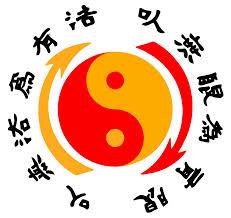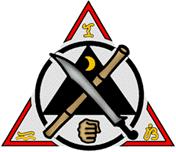
Jun Fan Gung Fu / Jeet Kune Do is the style and philosophy developed by Bruce Lee. Bruce Lee was a pioneer in the martial arts.
Bruce Lee was among the first to promote cross training and integrating martial arts. His martial arts system, Jun Fan Gung Fu, was heavily influenced by Wing Chun, western boxing, fencing, French Savate, and other systems. Bruce Lee applied his innovation to optimizing body mechanics for improved power and speed in striking and kicking.
Jeet Kune Do (JKD) embodies Bruce Lee’s personal philosophy of martial arts, which emphasizes personalizing systems and techniques for individual attributes and goals. The JKD practitioner controls encounters through efficiency and intention, which is cultivated through myriad training methodologies.
At ACG these concepts permeate our practice and instruction of all martial arts.

Filipino Martial Arts (FMA), also known as Kali, Eskrima, and Arnis, are a vast collection of systems refined over centuries in the Philippine islands. Because of its strategic location, the Philippines has been influenced by diverse cultures throughout the Old and New Worlds, including fighting systems. As a result, FMA are exceptionally versatile and comprehensive.
FMA emphasizes proficiency with empty hand techniques as well as with a variety of weapons, including impact (baton, palm stick/kubotan) and edged (knife, sword, karambit). FMA practitioners are known for rapid and coordinated hand movements. FMA also includes elements of grappling, leveraging, and ground fighting.
FMA is used by law enforcement and military, including special forces, around the world. ACG trains applications of these systems for a variety of contexts and applications to suit individual goals.

Silat is a broad term for martial arts systems that can be found throughout Southeast Asia, including the mainland as well as the Philippines, Malaysia, and Indonesia.
Traditional silat systems often emphasize off-balancing, leveraging, body manipulation, joint locking, and ground fighting. These arts are traditionally weapons-oriented and designed to end a violent confrontation quickly and decisively. Many systems concentrate training empty-hand to focus students on critical concepts of close-quarter and ground fighting,
Because of its destructive potential, we train these arts defensively, to deliver effective counter strikes to critical areas. There are hundreds of silat ‘styles’, and we blend components to allow students to develop an adaptable system for close-quarter defense.
